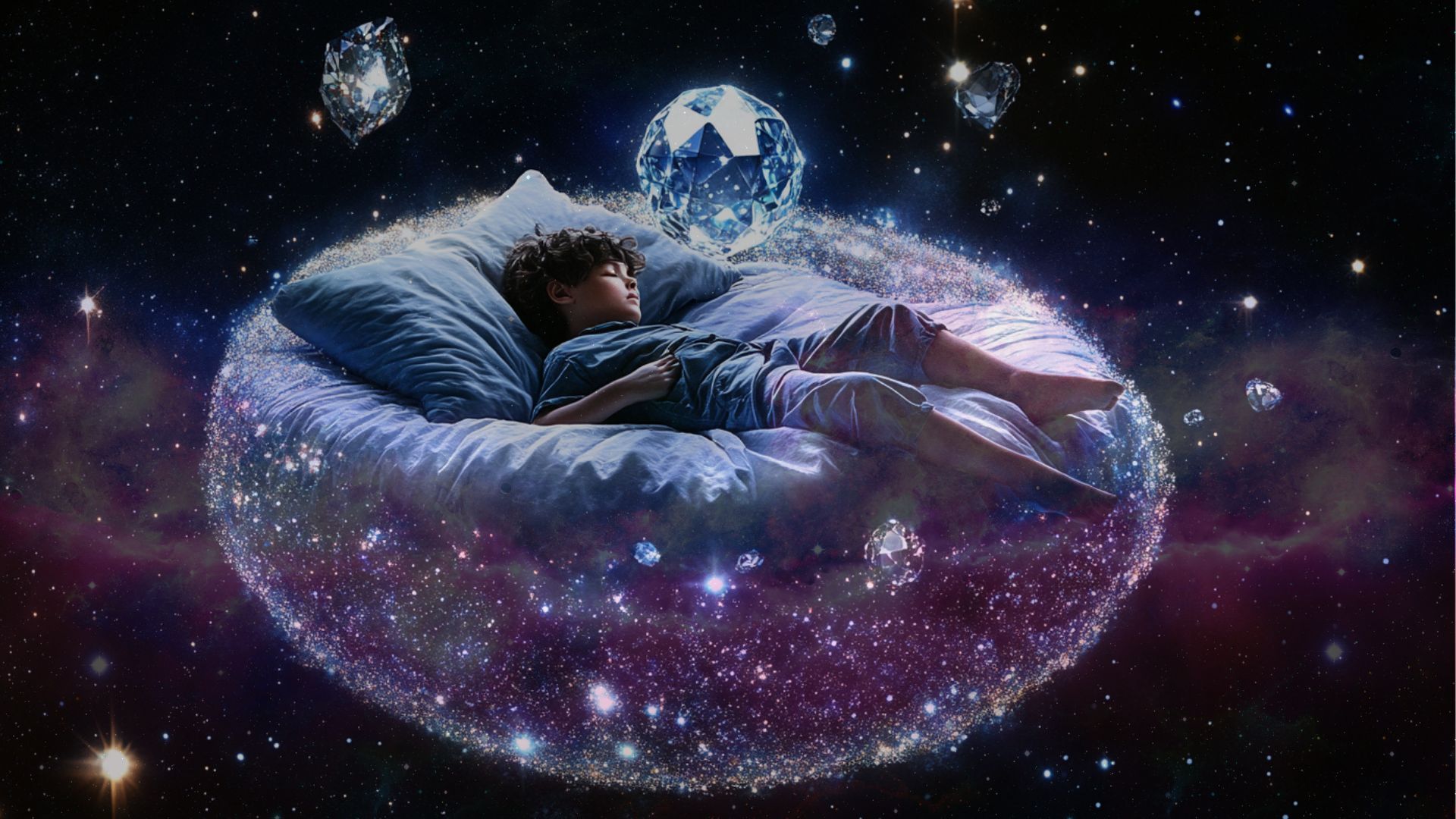Autism, Dyslexia, ADHD & Learning problems
The Rise of Labels like Autism, ADHD, and Dyslexia: A New Butterfly Brain Perspective on Neurodiversity

The Rise of Labels like Autism, ADHD, and Dyslexia: A New Perspective on Neurodiversity
In recent years, we have been hearing more and more about labels such as autism, ADHD, and dyslexia. Why is that? Is it a result of a changing society, a better understanding of these differences, or is something else going on?
Autism: The Search for Structure and Safety
People with autism often create a fixed structure for themselves—a safe zone where they can protect themselves. This stems from the feeling that their unique talents do not always fit within today’s society. They experience a lack of warm reception and, as a result, unconsciously choose to shield themselves.
However, when a loving, supportive environment is created where they feel safe, they can truly flourish. Their protective mechanisms relax, and they dare to share their deepest talents. Rather than therapy, an environment of understanding and love is often the best answer. It’s about creating a space where their potential can fully emerge.
ADHD: The Explosive Reaction to Overstimulation
ADHD is sometimes seen as the opposite of autism. While autism involves an inward-directed (yin) response, ADHD is more of an outward-directed (yang) explosion. However, both are often the result of overstimulation of the nervous system.
Children with ADHD benefit from movement and activities that train the mind, such as martial arts. This not only helps them release their energy but also trains their self-control. By combining movement with mental training, they can reach a state of relaxation without losing their dynamic nature. This principle is applied in methods such as "Butterfly Brain Learning," where movement elements are integrated into the learning process.
Dyslexia: A Brain That Functions Differently
Dyslexia can have various causes, from exposure to certain chemicals to epigenetic factors, where beliefs about learning and performance are passed down through family lines. But it can also stem from a different way of processing information.
Some children have (multidimensional) memories of a different way of thinking and learning, which can lead to challenges in a traditional school setting. Their brains function differently from the conventional 2D learning method used in education. They need an approach that stimulates all their senses and allows them to learn through movement, music, multidimensional meaning, and interaction. Through this holistic approach, they can balance their thinking and dreaming awareness, helping them unlock their full potential.
A New Perspective on Neurodiversity
What autism, ADHD, and dyslexia have in common is that they all involve the interaction between thinking and dreaming awareness. When these two are not optimally aligned, challenges can arise in how someone expresses themselves in the world.
It is time to stop seeing neurodiversity as a problem that needs to be solved and instead embrace it as a unique way of being. By creating loving, stress-free environments where children and adults can be themselves, they can develop their true potential and contribute to a more inclusive society.
>>>Listen to the masterclass on autism, ADHD, and learning difficulties here.






